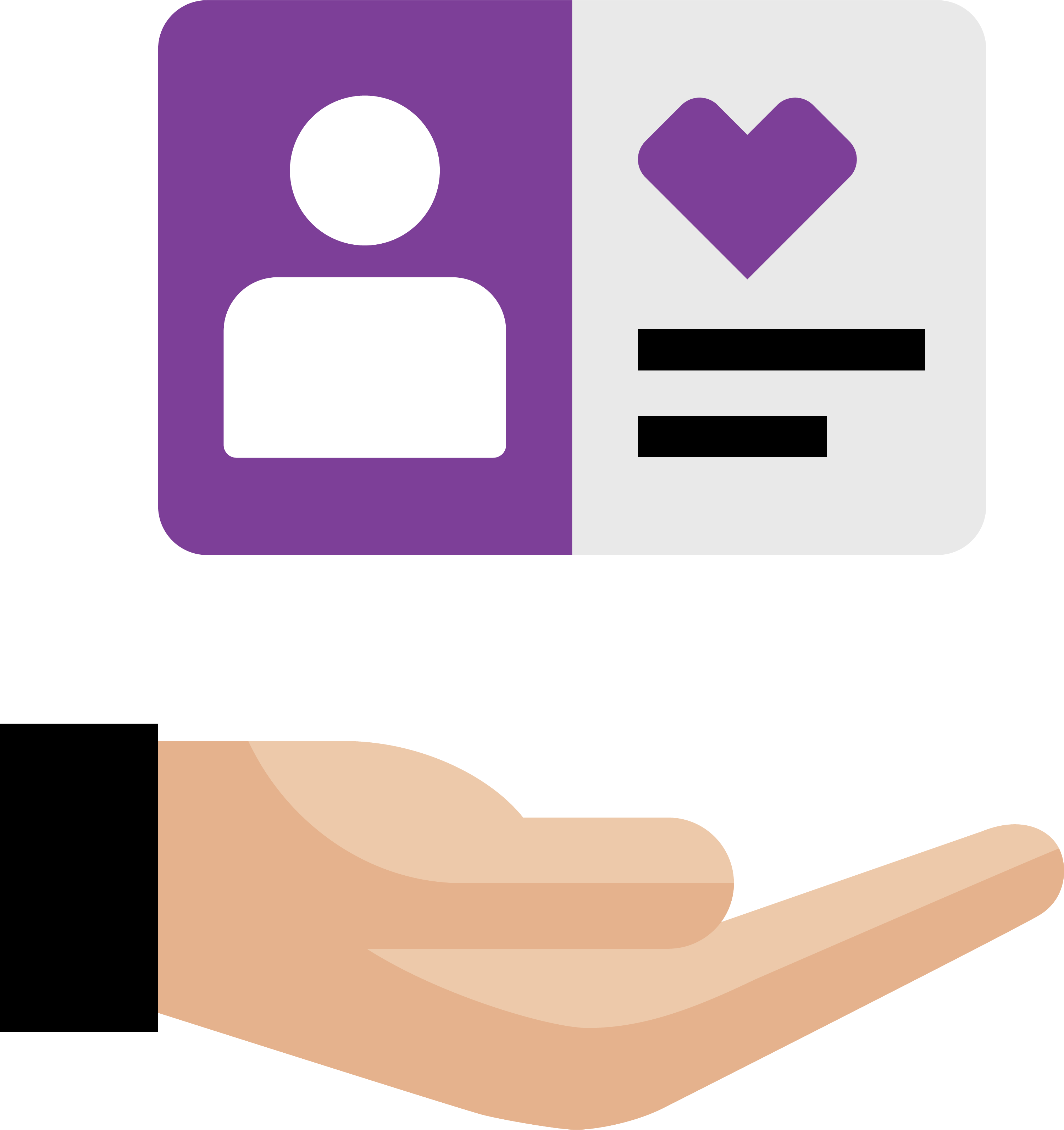2026 Benefits Open Enrollment Is Here! You'll be notified when it's your turn to enroll during the phased rollout between September 18 - November 19, 2025. Don't miss your opportunity to choose the right coverage for you and your family. Visit A to Z to check your enrollment phase and explore your benefits options.
Medical plans made simple

You Pay
Deductible1
The amount that you pay before the plan starts to pay a portion of your care.
The deductible amount varies by plan. Once you've met your deductible for the plan year, the health plan will begin to share the cost of your bills.
Eligible preventive care is covered at 100% with no deductible when you use network providers.
1 If it applies to your plan.
You pay
Cost sharing
Once you meet your deductible, you share the cost with the plan. Your share may be in the form of coinsurance and/or copayments (also called copays).
Copay
A specific dollar amount you are responsible for when you receive care from a provider or get a medication. A copay is the amount you may be required to pay up front when you arrive for your appointment or pick up your prescription at the pharmacy. The amount stays the same no matter how much the visit costs.
Coinsurance
The percentage of health care expenses you pay after your deductible. For example, if your care is $100 and your coinsurance is 20%, you pay $20.

Out-of-pocket maximum
The maximum you pay each year for covered expenses. Once you hit your maximum, the plan pays 100% of covered expenses for the rest of the year. For care received out-of-network, there may be additional costs above the recognized charge you may be responsible for.
Explaining premiums, deductibles, coinsurance and copays
Health care answers in 60 seconds.
What are health care premiums, deductibles, coinsurance, and copays?
To better understand these terms, think of it like owning a car.
A premium is like your monthly car payment. You must make regular payments to keep your car, just as you must pay your premium to keep your health care plan active.
A deductible is the amount you pay for coverage services before your health plan kicks in. After you meet your deductible, you pay a percentage of health care expenses known as coinsurance. It's like when friends in a carpool cover a portion of the gas, and you, the driver, also pay a portion.
A copay is like paying for repairs when something goes wrong. When your car gets serviced, you pay a set fee to the mechanic, just as you may pay a set fee, like $20, when you go to the doctor because you're sick.
Every plan is different, so premiums, deductibles, coinsurance, and copays can vary in cost.
Health care question answered.
How It Works
Visit your doctor, show your ID card —you may have upfront costs
(Out-of-network, you may need to pay the full amount.)
Doctor files your claim
(Out-of-network, you may need to file your own claims.)
Plan pays the doctor any amount it owes based on the negotiated rate
(Out-of-network, the plan pays up to the recognized charge.)
Doctor bills you for any amount you owe
HRA vs. HSA vs. FSA
You may be offered one or more of the tax-free accounts* below to help pay medical costs not covered by your plan.
Qualified expenses may include:
- Copays, coinsurance and deductibles
- Dental expenses such as orthodontia, crowns and bridges**
- Vision expenses like LASIK eye surgery, glasses and contacts**
- Prescription drugs and over-the-counter (OTC) items**
*Check your plan details for eligible expenses and for the maximum amount you may contribute, if applicable.
**Does not apply to HRA
***You may need a written prescription for durable medical equipment and OTC items.

Specific plans may vary, but here are the main differences between these accounts:
- An HRA is a company-funded account that covers the first 50% of your deductible and automatically pays covered costs first when you receive care or prescription drugs.
- Usually pairs with a high-deductible health plan.
- Only your employer can contribute.
- If you don’t use all of the HRA funds, the remaining balance is carried over to the new plan year if you stay enrolled in the shared deductible plan.
Administered by Aetna
- An HSA is a company-funded account you can contribute pretax dollars to. Company contributions are not funded up front but throughout the plan year.
- Requires a qualified high-deductible health plan.
- You and your employer can contribute.
- If you don’t use all your money in the HSA during the plan year, the remaining amount stays in your account even if you change your plans, retire or leave the company.
Administered by Fidelity
- An FSA lets you pay for certain eligible health and dependent care expenses with pretax dollars.
- Pairs with most types of health plans, but a health plan is not required.
- You and your employer can contribute.
- If you don’t use the money in your FSA account(s) by the deadline, the unused FSA money is forfeited in accordance with the IRS rule known as the “use it or lose it” rule.
Administered by Fidelity
